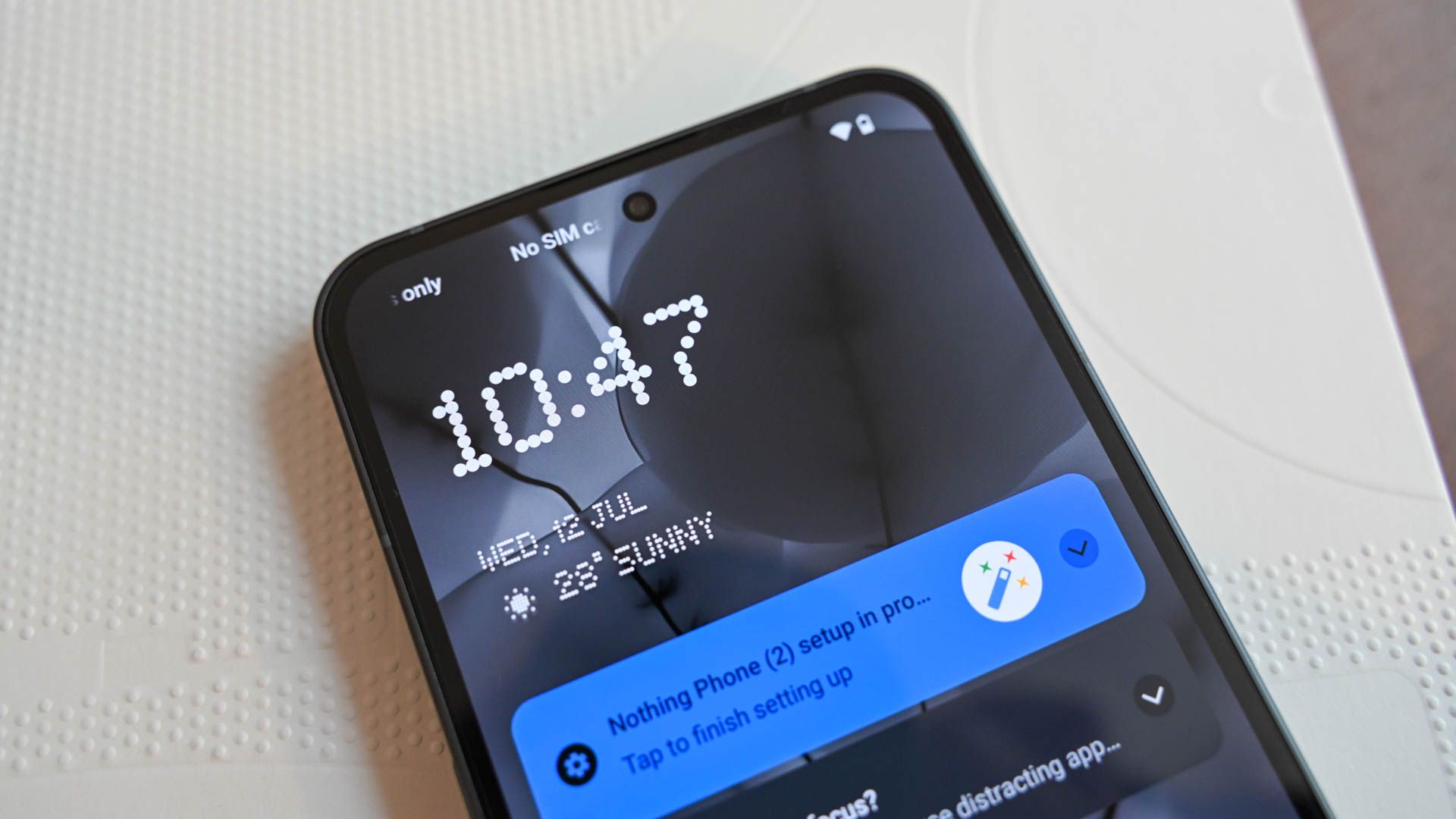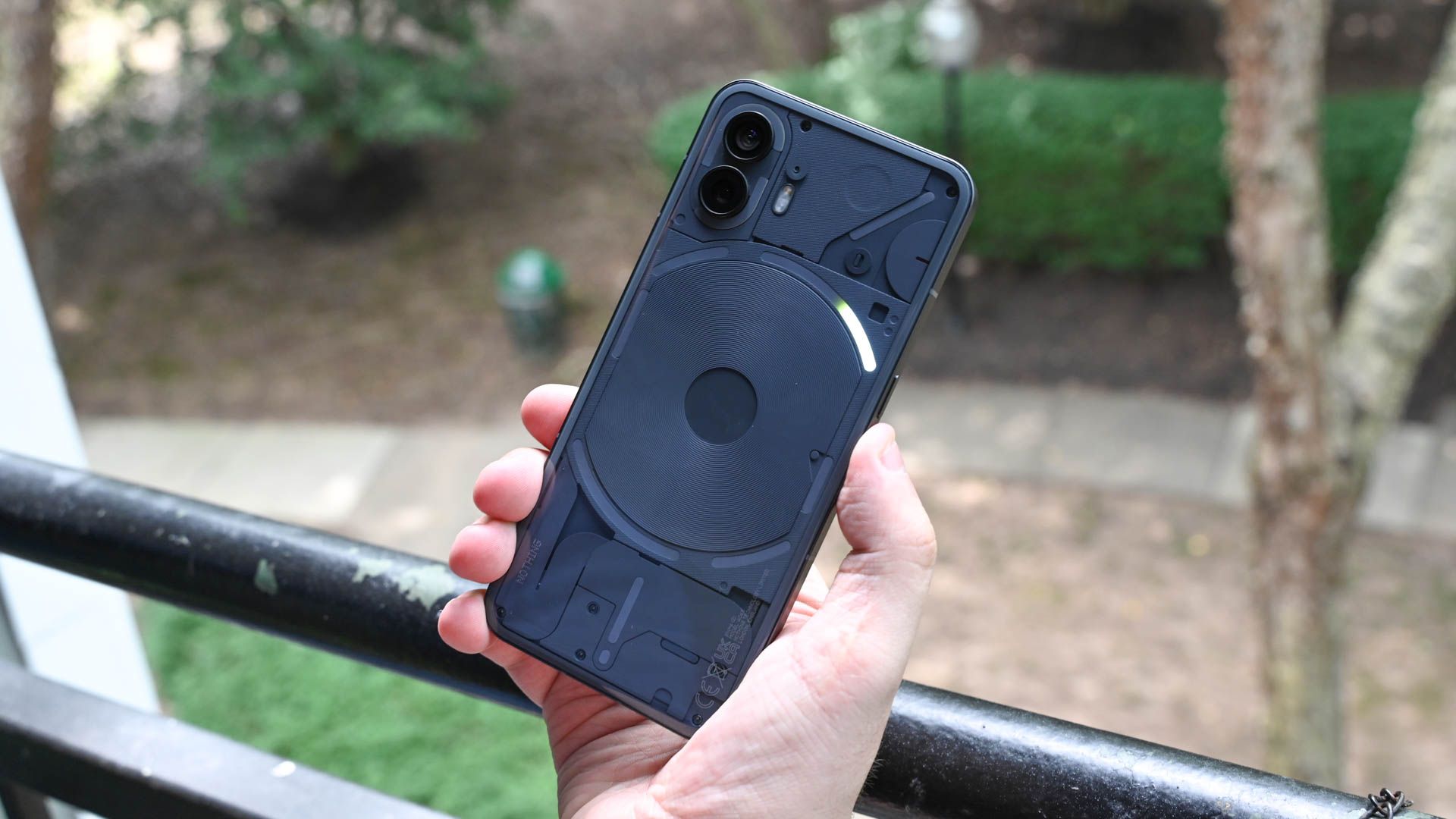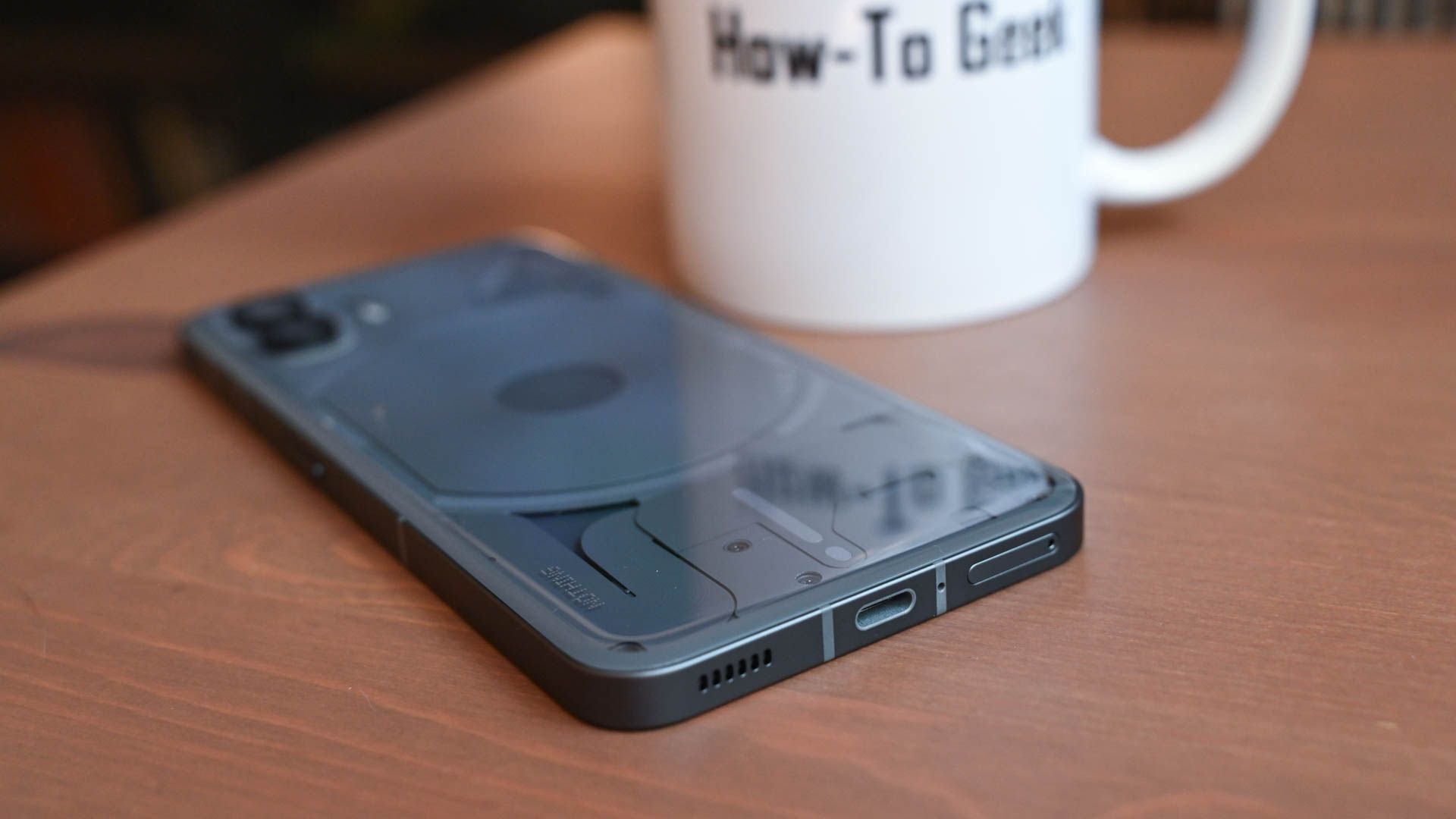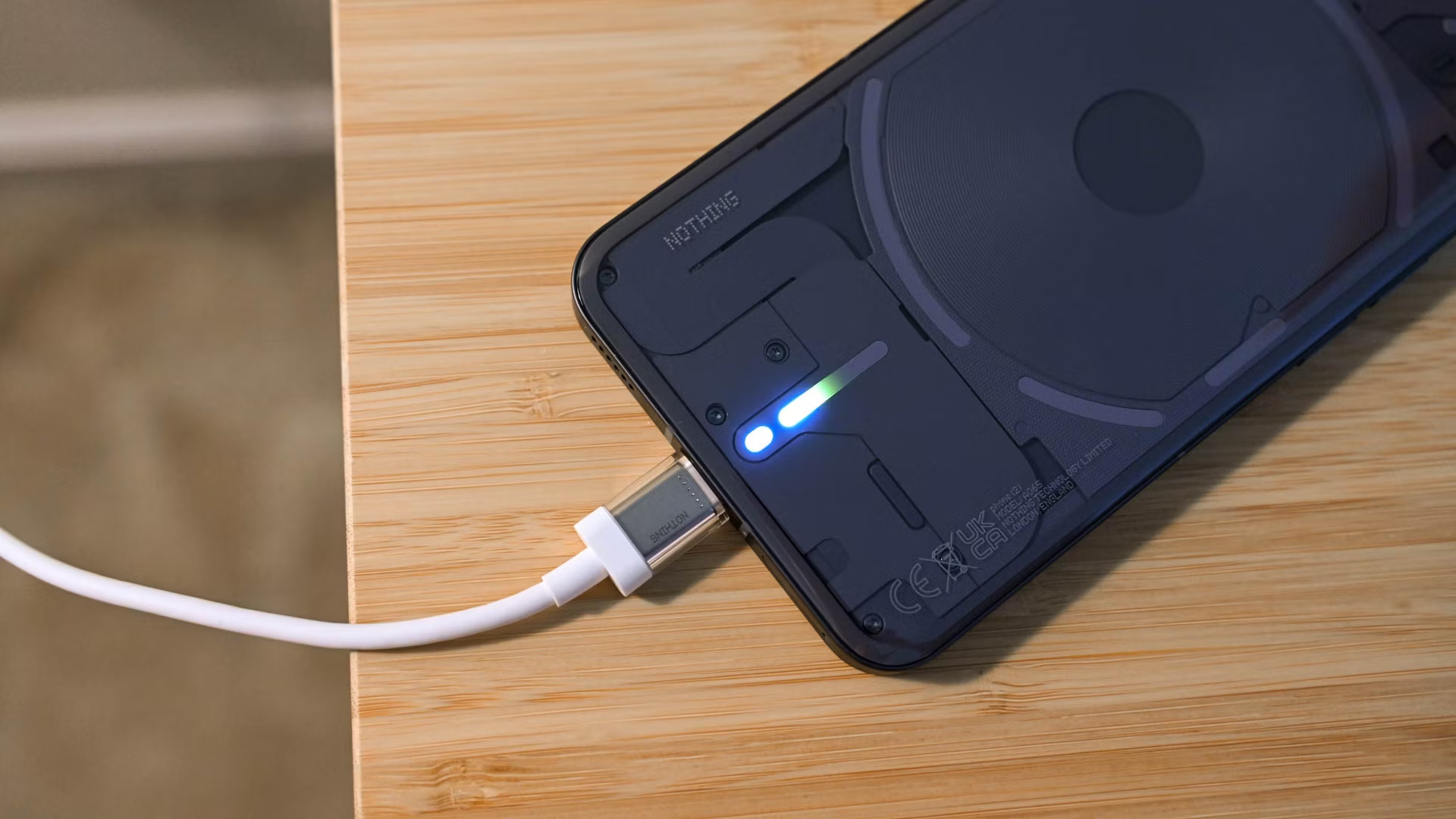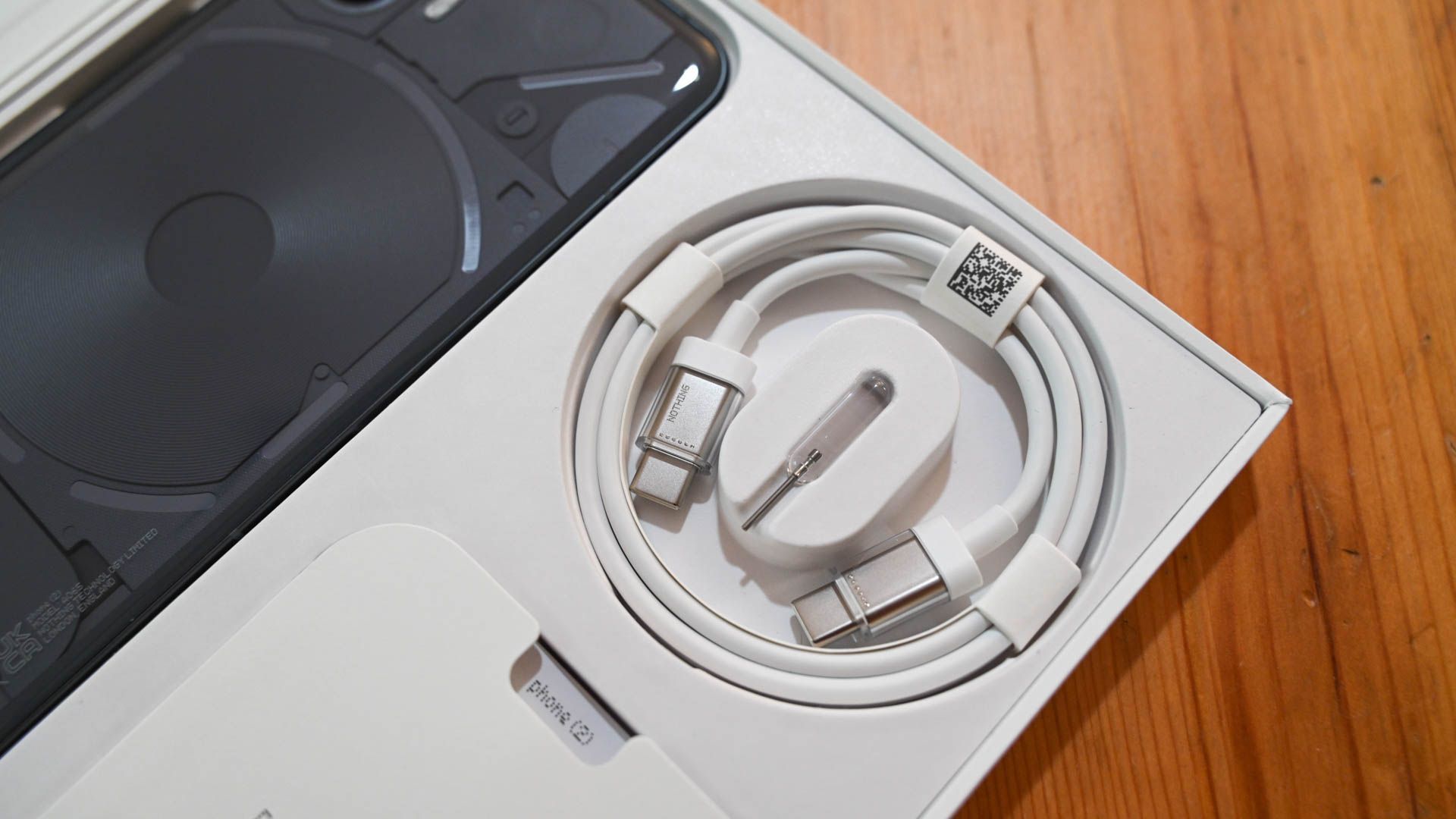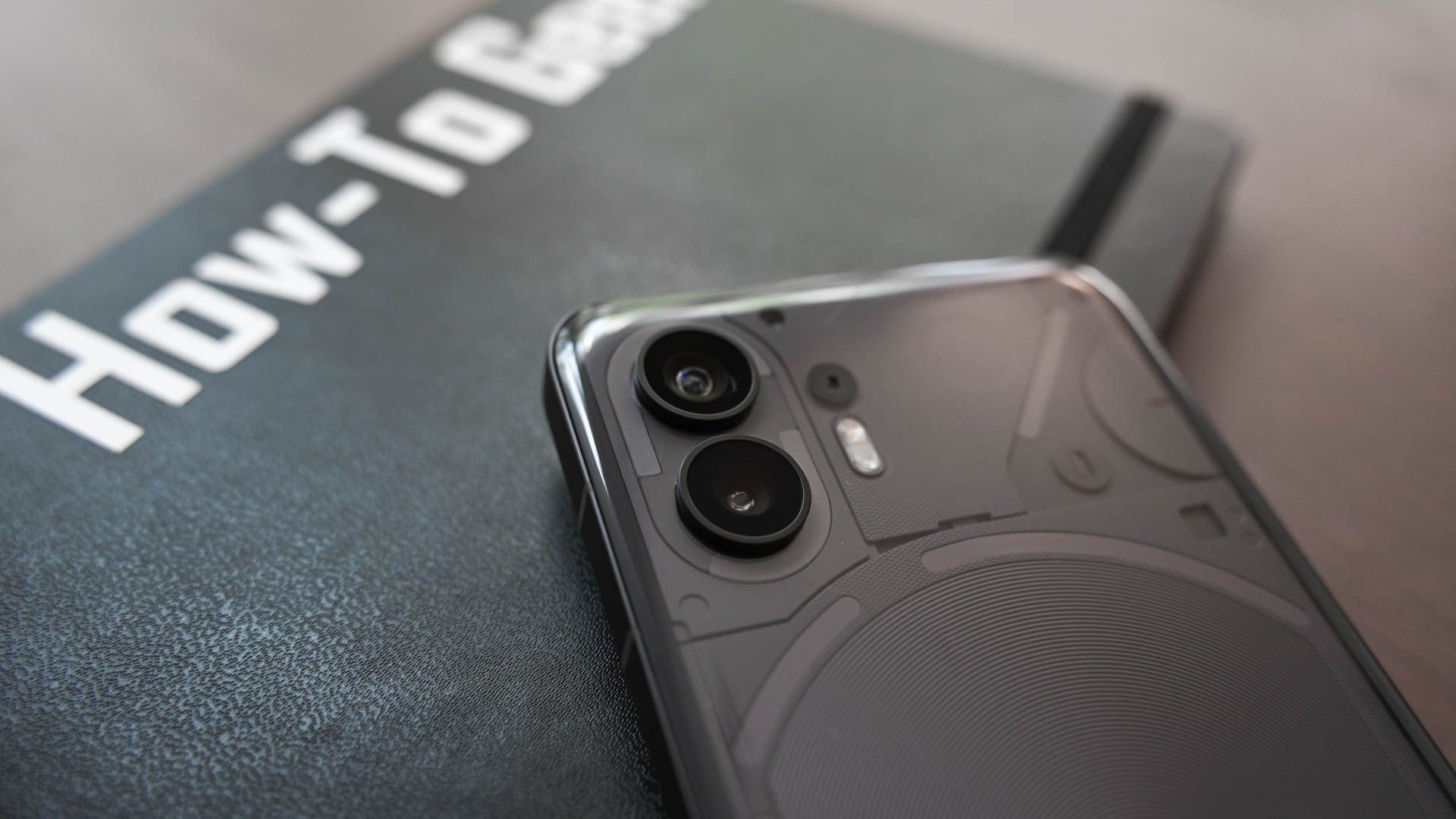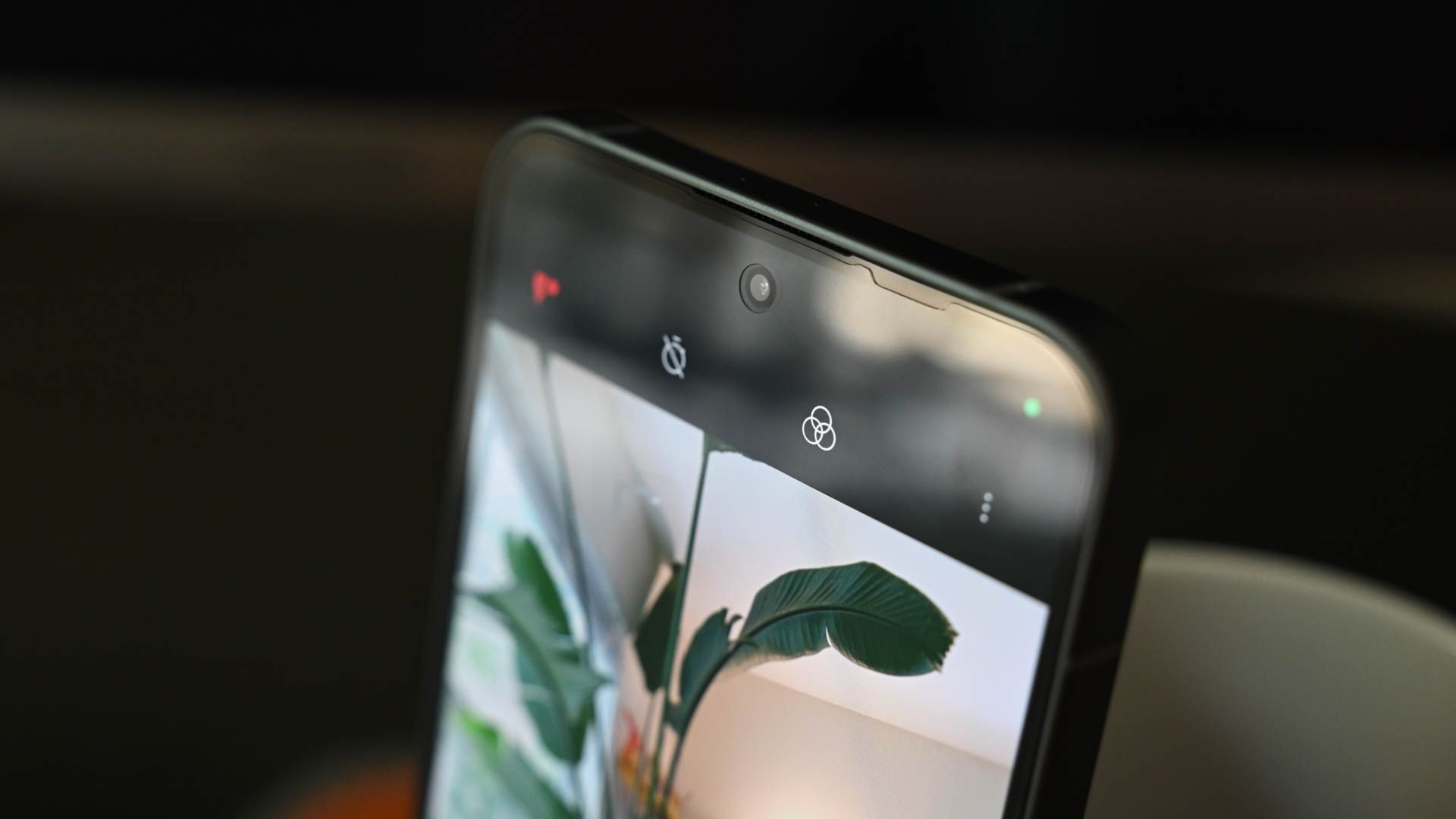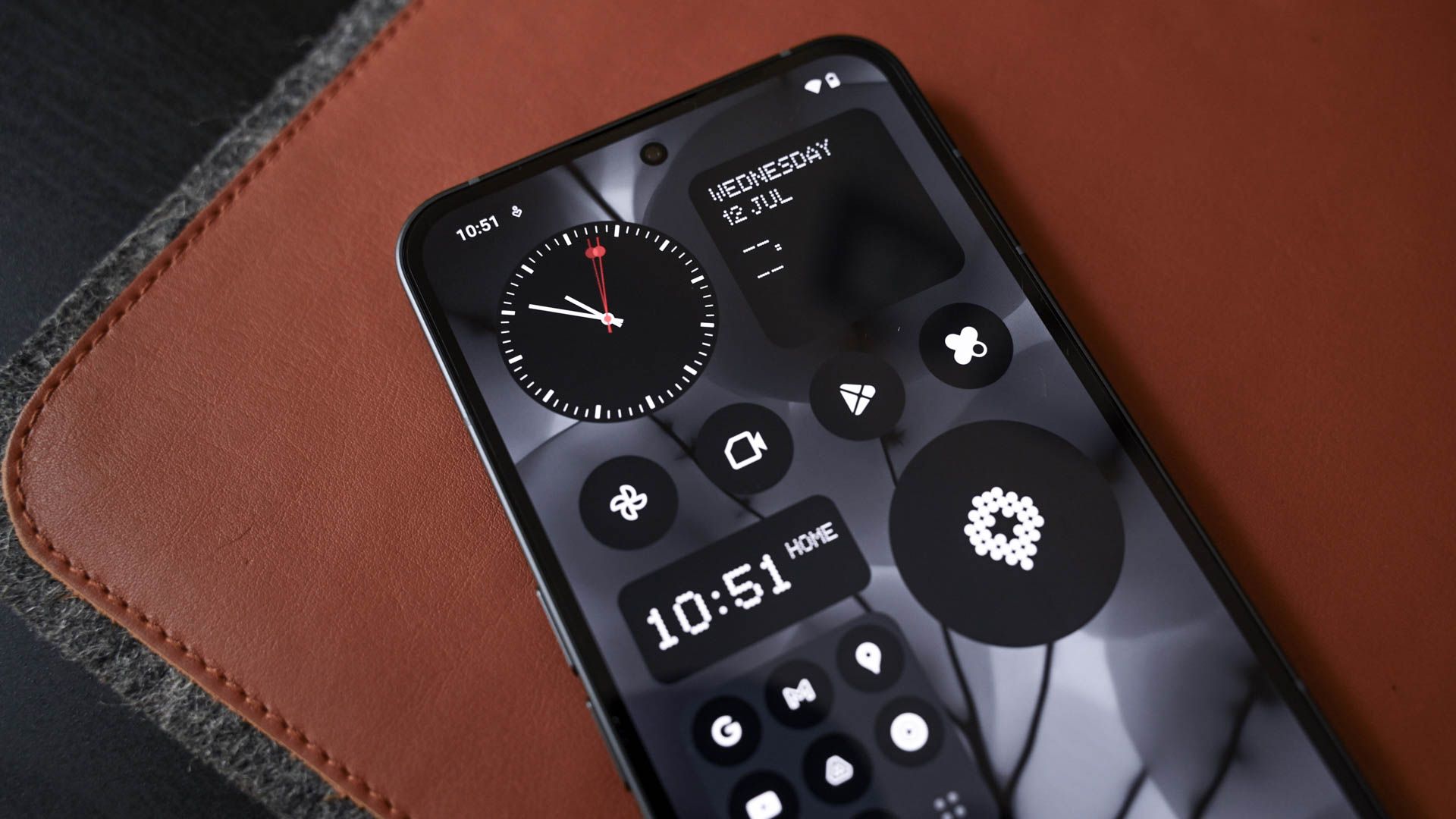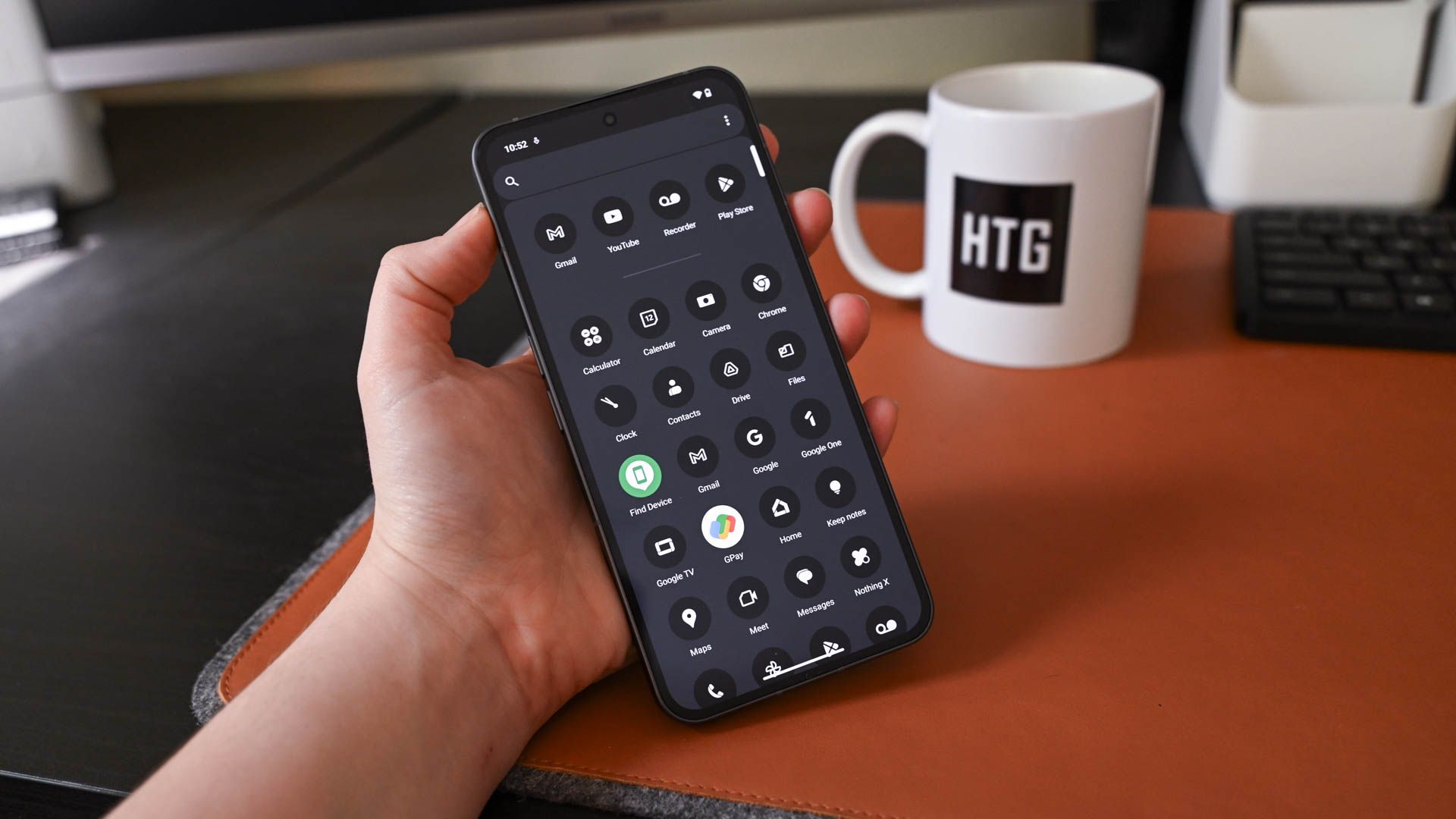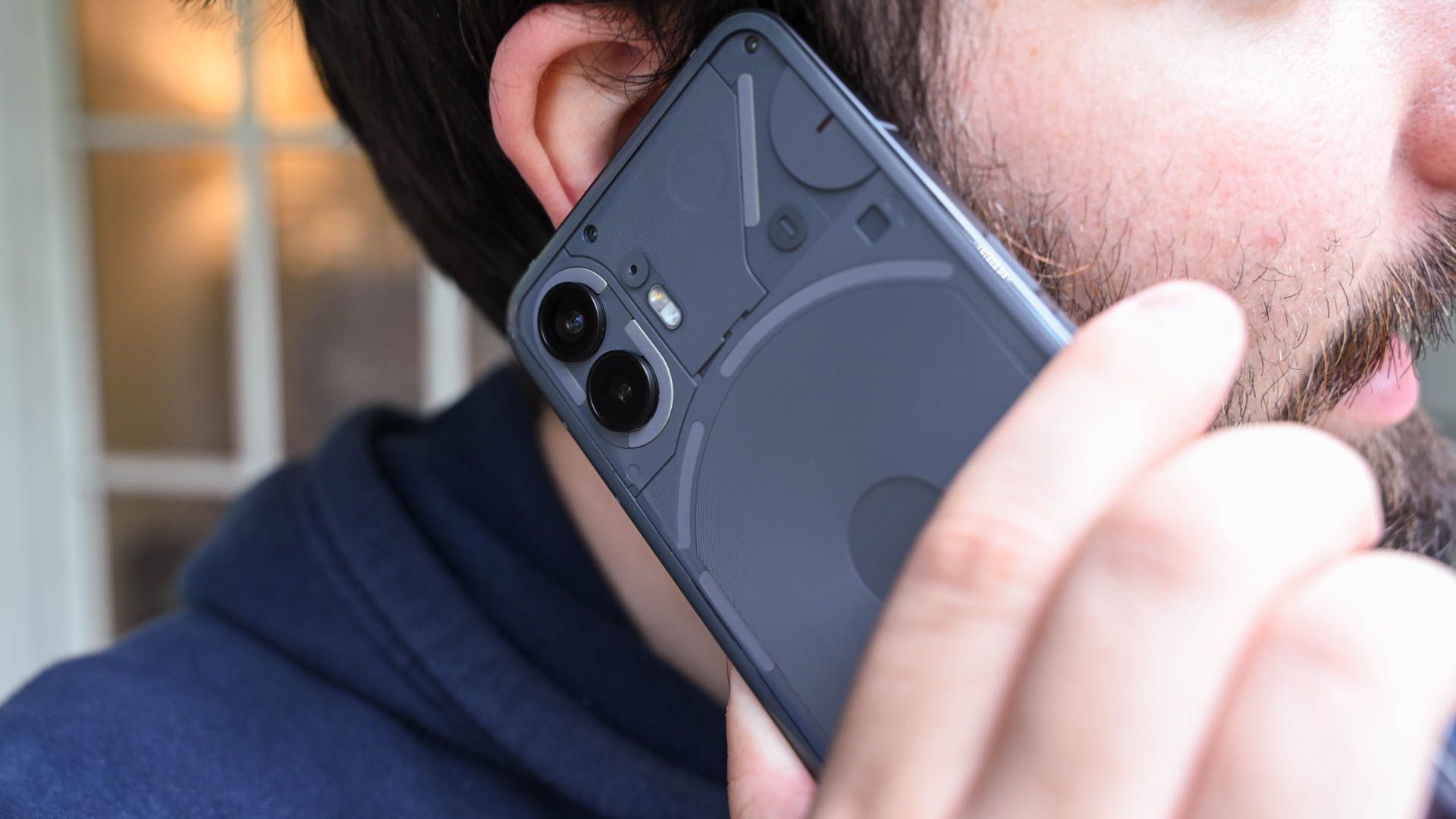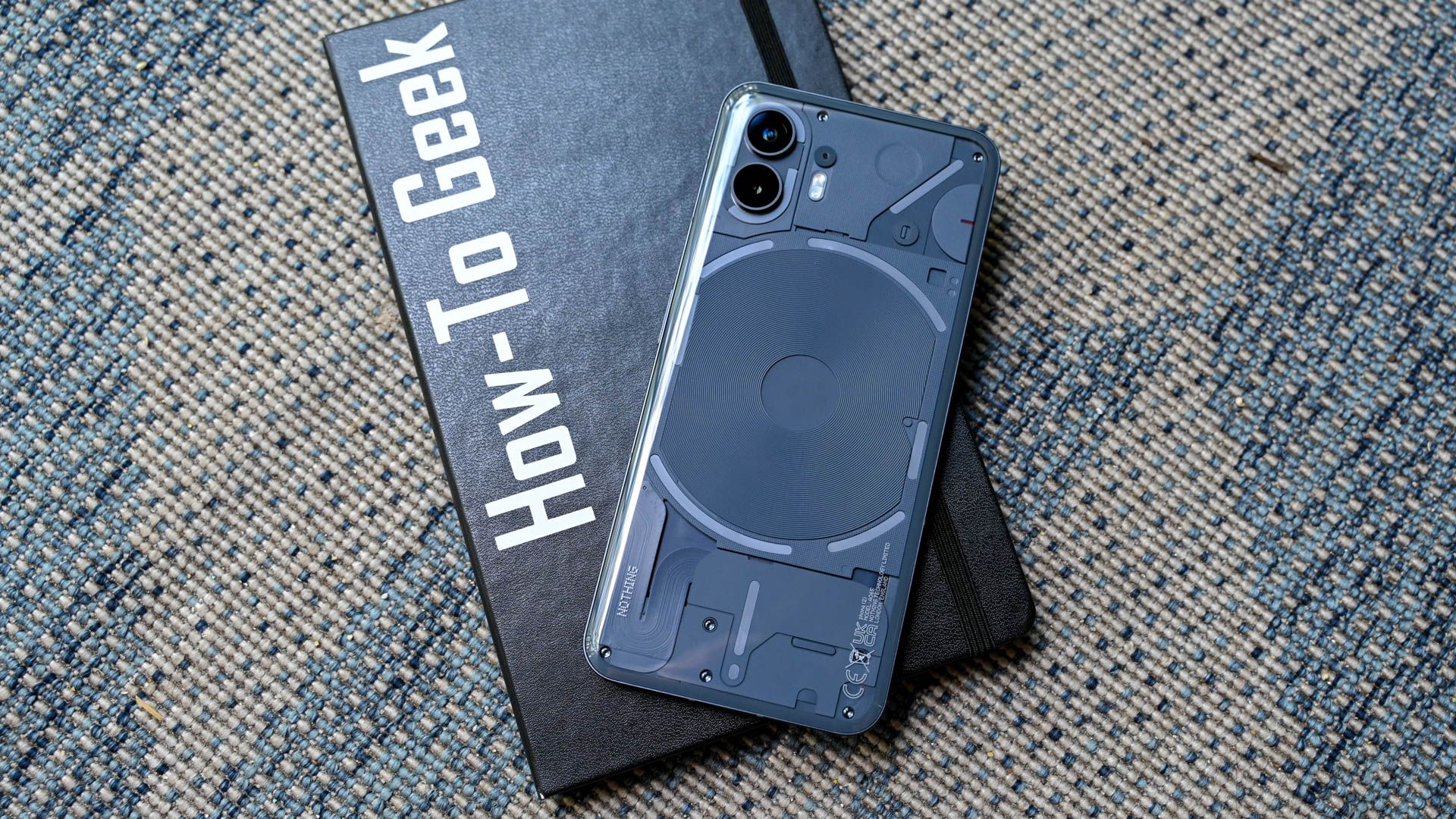
Key Takeaways
- The Nothing Phone (2) offers a unique design with its transparent back and LED lights, setting it apart from other smartphones on the market.
- The phone delivers good performance and battery life, along with a competitive price, making it a compelling option for users.
- While the camera quality is just average and has a lower IP54 rating, the Nothing Phone (2) provides a solid overall experience with its bold aesthetic and minimal software.
The Nothing Phone (1) came out of nowhere with a unique transparent back and fun LED lights. Now it’s year two, and the Nothing Phone (2) is trying to refine those same ideas. This time you can actually buy it.
Last year’s Nothing Phone was a great first foray into smartphones for the company—though former OnePlus founder Carl Pei is no stranger to the space. One of the biggest stories this time around is availability. Unlike the original, the Nothing Phone (2) is available for purchase in the US. But is it worth the $599 price tag? Let’s find out.
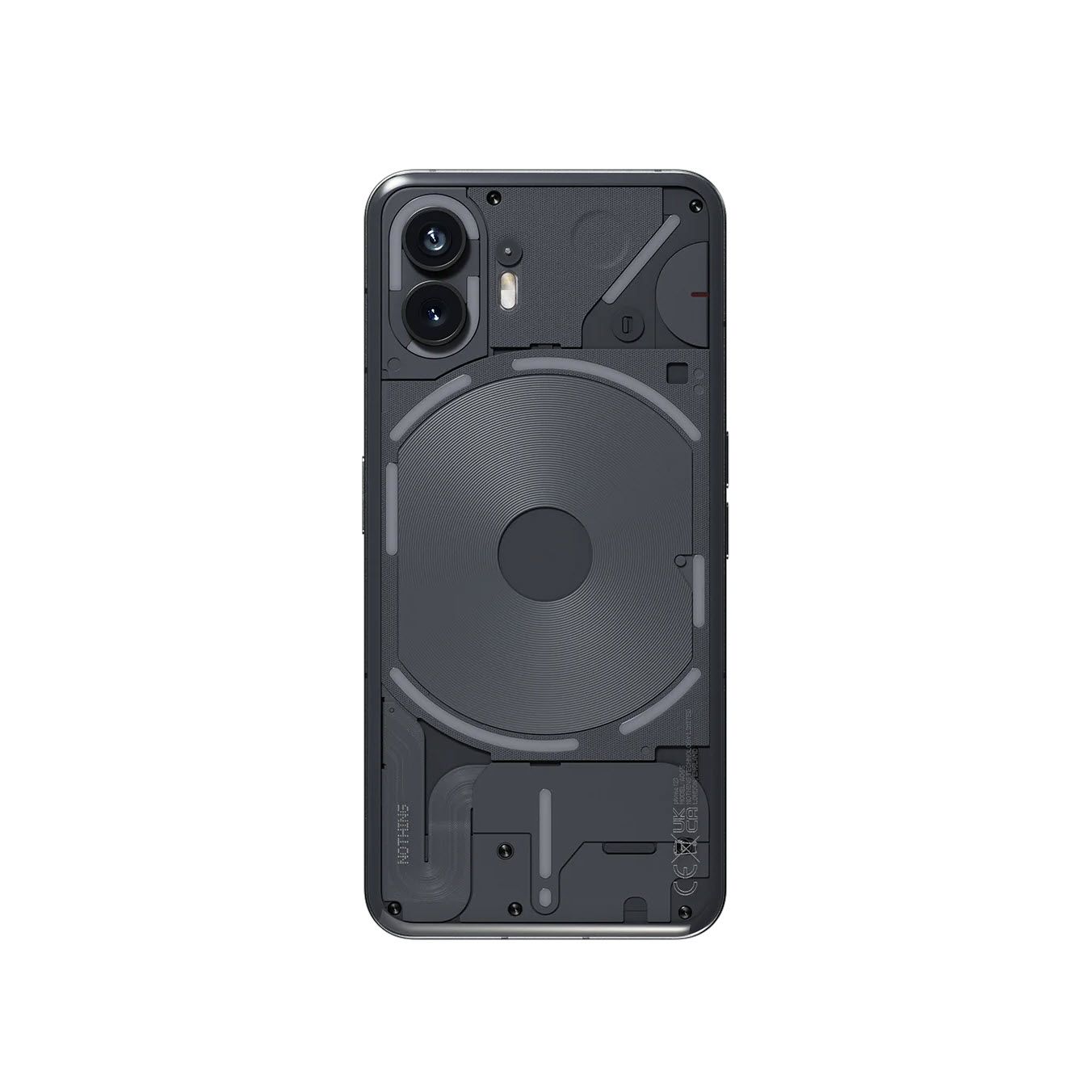

Nothing Phone 2
Flashy In The Best Ways
The Nothing Phone (2) offers unique features and a bold aesthetic in both hardware and software for a very reasonable price.
- Brand
- Nothing
- Operating System
- Nothing OS/Android 13
- SoC
- Qualcomm Snapdragon 8+ Gen 1
- Display
- 6.7-inches
- Display type
- LTPO AMOLED
- RAM
- 8GB/12GB
- Storage
- 128GB/256GB/512GB
- Battery
- 4700mAh
- Main Camera
- 50MP, ƒ/1.88 aperture, 1/1.56” sensor size
- Wide-Angle Camera
- 50MP, ƒ/2.2 aperture, 1/2.76” sensor size, 114° field of view
- Front camera
- 32MP, ƒ/2.45 aperture, 1/2.74” sensor size
- Dimensions
- 162.1 x 76.4 x 8.6mm
- Colors
- Black, White
- Weight
- 201.2 g
- Charging
- 45W wired, 15W wireless, 5W reverse
- IP Rating
- IP54
- Beautiful, unique design
- Good performance and battery life
- Competitive price
- Glyph system is fun to have
- Minimal, clean software
- Cameras are just okay
- Only IP54 rated
Design and Display: Something to See
The Nothing Phone (2) looks like no other phone on the market. It has a flat 6.7-inch AMOLED display that’s surrounded by thin bezels all around. The screen has 1080p resolution, HDR10+, and an adaptive refresh rate of 1Hz to 120Hz. That wide refresh rate range is thanks to the LTPO screen—it allows for high refresh rates for games and scrolling but can go down to super low refresh rates to save battery when looking at something static.
The back of the phone is where things get interesting. The Nothing Phone (2) has a transparent glass back panel that reveals some of the internal components. It’s cleverly designed so you can see enough to feel like you’re looking inside, but most of the components are still covered. I really dig this look. Putting anything but a clear case on the Nothing Phone (2) would be a crime.
The most eye-catching feature is the Glyph system, which consists of several LED strips placed around the back of the phone. These lights can display different patterns depending on what’s happening. For example, they can show your battery level when charging, custom patterns for notifications, display the volume level, act as a flash for your camera, and be used as a flashlight. Nothing’s Glyph Composer app allows you to create your own unique light patterns as well.
The Glyph lights are fun to play around with, but I didn’t find them a super compelling feature in my daily life. It’s essentially a fancy version of the old-school LED notification lights that used to be found on the front of phones. Those were handy, but it’s not something I’ve missed for a long time. If you have been missing them and you’re already in the habit of putting your phone face down, it’s a neat feature.
Thanks to the glass and aluminum construction, the Nothing Phone (2) has a very nice feel for a $599 phone. There’s not the plastic-y, lightweight feeling that you might find in some mid-range devices. Sadly, the Nothing Phone (2) only has an IP54 rating for splash and dust resistance—it can get a little wet but shouldn’t be submerged in water. The other knock on the hardware is the haptic feedback motor—it feels very cheap.
The Nothing Phone (2) has a similar camera bump design as many smartphones on the market. Since the dual cameras are on one side, you get the annoying problem of the phone being wobbly when lying on a flat surface. Although, if you put it face down to see the Glyph lights, this isn’t a concern. The phone has a fingerprint sensor under the display, and it works as well as others I’ve tried—fast and reliable sometimes, maddeningly awful other times.
In general, the design of the Nothing Phone (2) would be fairly generic for a smartphone in 2023 if not for the transparent glass back. But it’s great to see a company doing something different, and it shows how any little feature that strays from the norm can be a big deal.
Performance and Battery: Good and Great
The Nothing Phone (2) is powered by the Qualcomm Snapdragon 8 Plus Gen 1 chipset. This is the same processor that can be found in the Samsung Galaxy Z Fold 4. The phone is available with 8GB or 12GB of RAM—I’ve been using the 12GB model ($699). The 8GB RAM model has 128GB of storage, while the 12GB models are available with 256GB or 512GB.
Performance has been great for not only a device in this price range but Android phones in general. It can handle any task I’ve thrown at it without noticeable lag or shuttering. One area where I’m most critical of performance is launching the camera. The Nothing Phone (2) passes this test with flying colors—it launches faster than some much more expensive high-end phones I’ve used.
On the battery front, the Nothing Phone (2) has a 4700mAh battery. I had no issues getting through a full day with juice to spare. For the times when you need a quick top-off, it supports fast charging at up to 45W with the included charger, which can give you a full charge in about an hour. It also supports wireless charging at up to 15W, and reverse wireless charging at up to 5W.
While battery life is generally not something you have to worry about on mid-range phones—that’s certainly the case here—performance can be a mixed bag. The good news is the Nothing Phone (2) offers an experience that punches well above its weight class.
Cameras: Above Average
The Nothing Phone (2) has a dual camera setup on the back, consisting of a 50MP main camera and a 50MP wide-angle camera. The main camera takes excellent photos in good lighting conditions, with plenty of detail and not overly saturated colors. Shutter speed has been improved this time around, and it does appear to actually work. I didn’t get many blurry photos of fast-moving kids or pets.
Performance in low light is not as good, but it’s respectable for a device of this price. The wide-angle camera offers a 114-degree field of view for capturing landscapes or group shots, and they look just as good as the main sensor. Personally, I prefer having a zoom lens for my secondary camera, but I can live with wide angle. Rather than having a dedicated macro lens, Nothing has included a “Macro” mode that uses the wide-angle camera. It’s a surprisingly effective trick.
The 32MP front camera takes decent selfies but has an annoying problem. Even with the “Retouching” feature disabled, it does quite a bit of smoothing and post-processing. Photos appear as if a light version of the Portrait Mode effect is being applied. That shouldn’t happen with “Retouching” turned off.
Nothing’s camera app is delightfully minimal, like much of the software. Everything you need is easily accessible, but you’re not bombarded with a million different modes and settings. This likely plays a role in how quick the camera is to launch.
The phone can record videos at up to 4K resolution at 30fps,1080p at 30 or 60fps, and with OIS and live HDR support. The video quality is good, but not outstanding. That’s a pretty accurate description for the cameras in general: good, but not outstanding.
Nothing OS: Bold, For Better or Worse
The Nothing Phone (2) runs on Nothing OS, which is based on Android 13 at the time of publishing. I am pretty picky when it comes to software skins, but I generally like what Nothing is doing here. Nothing OS maintains much of the “stock Android” feel while adding some useful features. Lock screen widgets, for example, is a great addition. These widgets also appear on the always-on display, which is great.
If you want to go all in on Nothing’s aesthetic, you can choose to have all your app icons be black and white. Unfortunately, you don’t always get that choice. Nothing is going for something much more stylistic and bold than other Android skins, and you’re locked into it. For example, the lock screen clock uses a dot matrix font. That would be cool as one option among others, but it can’t be changed—same deal for the red accent color in some of the system apps.
I generally like the vibe of Nothing OS, but it also feels like a third-party theme that’s trying too hard at times. However, this was my first experience with Nothing OS, and it’s quickly become one of my favorite Android skins. I always appreciate it when an OEM doesn’t stray too far from the “stock Android” look.
Should You Buy the Nothing Phone (2)?
There’s no question that the Nothing Phone (2) is a great smartphone with a lot of value for its price. It has an eye-catching design, a beautiful and smooth display, powerful performance, long-lasting battery life, and mostly clean, minimal software. It also has some innovative features that make it stand out from the crowd, such as the Glyph LED light system and some added software features in Nothing OS.
The only minor drawbacks of the phone are the “just okay” cameras and the IP54 rating. Other phones in this price range—such as the Google Pixel 7—offer much better IP67 protection.
Overall, the Nothing Phone (2) is an excellent second attempt from a relatively new company, but it’s not the only contender in this price range. The Google Pixel 7—which has been my daily phone for the past six months—is also $599 for 8GB of RAM. The Nothing Phone (2) offers a very similar experience, but I lean toward the Pixel for a couple of reasons: significantly better cameras, and I still prefer Google’s software.
Based purely on aesthetics and unique features, there’s nothing else like the Nothing Phone (2) on the market—in the US or anywhere else. It’s not often we can say that about a phone in 2023. If you’re looking for a super solid phone at an affordable price, you won’t be disappointed with the Nothing Phone (2). I can’t say there’s nothing not to like, but it’s close.


Nothing Phone 2
The Nothing Phone (2) offers unique features and a bold aesthetic in both hardware and software for a very reasonable price.

